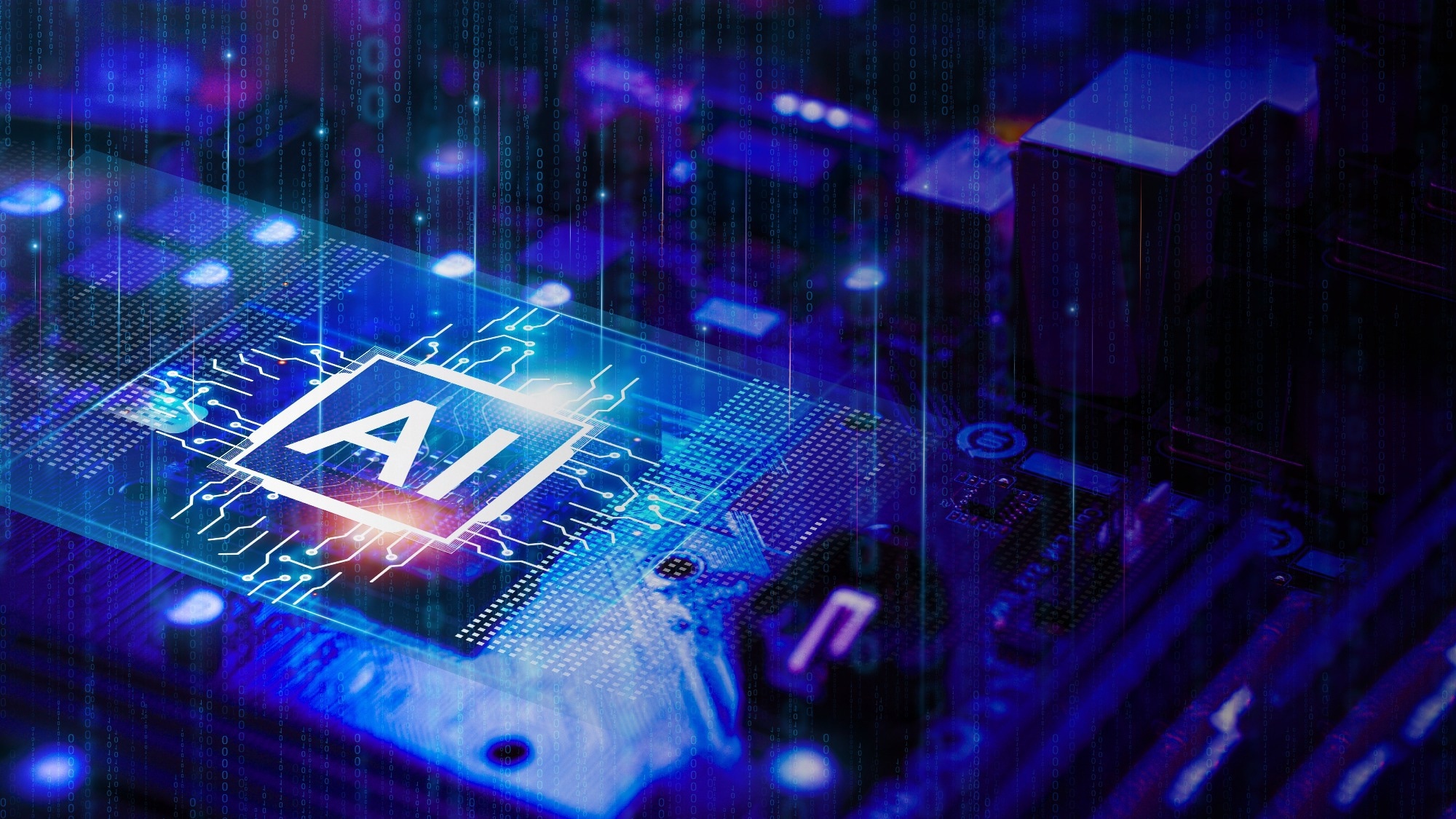
Image Credit: dee karen/Shutterstock.com
Since 2006, this collaboration has focused on creating AI systems that communicate and operate without human input. Drawing on NASA’s deep expertise in root cause analysis and risk management, the effort led to the development of the M2M Intelligence platform - an autonomous system now enabling secure, global machine networks. Its applications range from telecommunications to international trade logistics, offering a striking contrast to generative AI by emphasizing reliability, error correction, and operational autonomy.
Years before generative AI captured the public’s imagination, NASA was taking a different approach to intelligent systems through its work with M2Mi. The initiative began with Geoffrey Barnard’s vision of autonomous satellite communications and was supported under NASA’s Space Act Agreement and later, a Cooperative Research and Development Agreement.
At the core of the technology was an ambitious goal: to automate NASA’s rigorous root cause analysis methodology so systems could identify and resolve issues without human oversight.
While the original satellite communications project didn’t materialize, the terrestrial applications of this technology quickly took root. NASA contributed key capabilities in cloud computing, cybersecurity, and autonomous operations across several divisions at Ames. The resulting approach to machine intelligence prioritized reliability and self-correction, offering a clear alternative to the “hallucination” risks associated with today’s generative AI.
NASA’s Technical Contributions
The joint effort with M2Mi aimed to build truly autonomous systems, using NASA’s engineering playbook as the foundation. The agency’s root cause analysis methods, long used in accident investigations, were re-engineered into self-diagnosing frameworks for networked systems. Risk management - described by Barnard as “without parallel” - was embedded directly into automated decision-making processes.
With support from tools like the Columbia Supercomputer and cybersecurity teams at Ames, the project developed resilient communication protocols capable of operating across complex, distributed environments.
Although the goal of a low-power satellite network was constrained by the technology of the time, the research laid essential groundwork for terrestrial systems that now underpin real-world applications. NASA’s systems engineering principles proved key in turning theory into practical, scalable AI with an emphasis on trust, not just functionality.
Commercial Applications and Industry Reach
The M2M Intelligence platform now supports large-scale networks across telecommunications and logistics. Its first commercial deployment was within Oracle’s global IT infrastructure, followed by its role in powering Vodafone’s worldwide 5G network across 190 countries. The system’s ability to connect disparate devices and manage operations without human intervention makes it particularly valuable in cross-border, high-volume environments.
One of its most significant uses is in global trade digitization. By automating shipping documentation and streamlining processes across time zones, legal systems, and currencies, the platform has cut logistics costs by as much as 80 %. Companies like M2M Wireless and TriGlobal are already using it to manage international transport, proving that technology born from NASA’s methodologies can drive major improvements in commercial infrastructure.
Importantly, this AI doesn’t rely on constant human feedback. It’s designed to function independently - with NASA-grade reliability - making it fundamentally different from models that require ongoing supervision or correction.
Conclusion
NASA’s early investment in autonomous machine intelligence through its collaboration with M2Mi has resulted in technologies that predate and, in many ways, outperform more recent AI developments. By applying space-grade methodologies like root cause analysis and risk management to machine communication, the agency helped create systems now central to global trade and network operations.
This story is a reminder that NASA’s contributions to AI extend well beyond research labs and into the infrastructure that keeps industries moving. As demand grows for dependable, error-free automation, the systems built on this foundational work may set the benchmark for future applications - both on Earth and far beyond.
Disclaimer: The views expressed here are those of the author expressed in their private capacity and do not necessarily represent the views of AZoM.com Limited T/A AZoNetwork the owner and operator of this website. This disclaimer forms part of the Terms and conditions of use of this website.